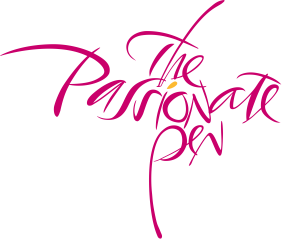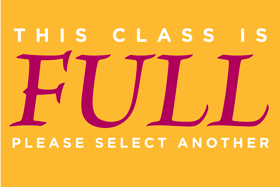
Marina Soria
Buenos Aires, Argentina
B32 — Calligraphy in Blossom
Four-Day Class, Monday, July 27 – Friday, July 31
All Levels
Book Arts, Design, Lettering, Painting
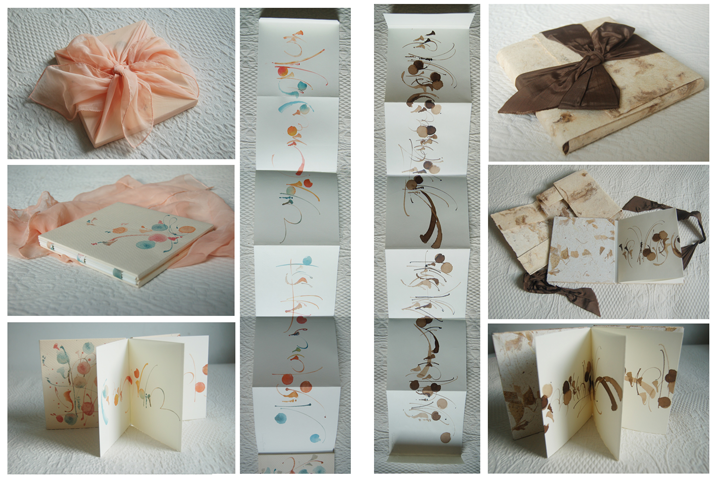
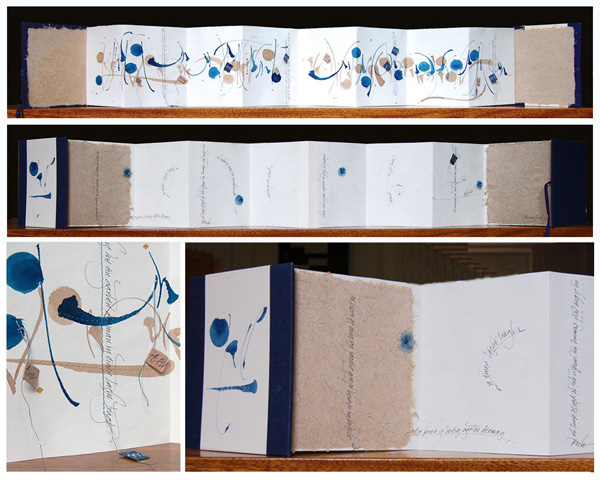
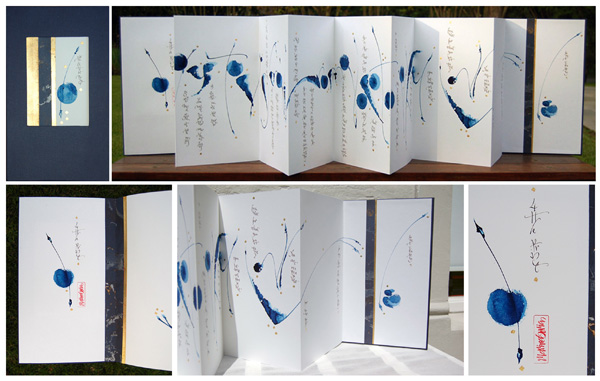
“Zheng Banqiao was fond of painting bamboo, rocks and orchids. He painted orchids like writing characters, and wrote characters like painting orchids”. – Chen Tingyou.
If we start from letters the result will be pretty much the same, but if we move to the broader resource of nature such as flowers, leaves, and branches, then the result will be a whole new set of possibilities. Our starting point for making letters will be nature. We will begin by using the Japanese brush to create different types of strokes and finding all the variations this tool can give us. We will also study the basic shape of simple flowers, trying to represent them in only a few strokes, as in the sumi-e tradition.
We will create a simple Ikebana (flower arrangement) and do some fun exercises on time sequences.
We will study the Taoist principles of beauty: empathy or resonance, vital rhythm or chi, reticence or suggestion, and the empty space or gestalt (a western concept).
The result will be a blossoming alphabet with various possibilities for each character in order to broaden our graphic and design solutions.
The Japanese brush and the cola pen will be our tools, first working with sumi and then moving to color rendering. The final form will be a series of art books: concertina and a sculptural book as well as some art pieces in which natural reverberations will have priority over legibility.
The playful aspect of painting will open our minds and the joy in the execution will show through our strokes.
Supply List
- Japanese brushes sizes: small, medium, and large
- Medium-sized stiffer brushes for mixing colors and loading your nibs
- Some of your favorite tools: ruling pen, cola pen, folded pen, and a variety of smaller sized nibs for small writing.
- Bottle of black sumi or walnut ink
- Some tubes of watercolor or a color watercolor palette
- A cheap quality watercolor paper for practice
- Our final piece will be a concertina book so you will need a good quality paper that is at least 22″ x 30″ or 25″ x 40″
- Eight sheets of Rives BFK or Arches text wove, or similar 90 lb – 140 lb
- One sheet of any color paper to build our covers. When choosing this color remember to include the same matching color in gouache or watercolor
- Two pieces of 11″ x 17″ cardboard, 1/16″ – 1/8″ thick to create the covers
- Binding glue and a brush to apply it on to the covers and scrap paper to use when gluing them
- For the next book we will do a simple Japanese binding so we will need: needle, thread, little clips to hold paper in place and an awl.
- Small notebook for taking notes
- Pencil or fiber tip pens for quick writing
- Palette for mixing colors
- Paper towels or rags
- Tape
- Scissors
- Good cutter
- Glue stick
- Eraser
- Long straight-edge metallic ruler
- A selection of four or five short poems, haikus, quotes, or your own words, related to nature
Optional:
- Liquid resist or masking fluid
- Chalk pastels
- Color pencils
- White gouache
- A piece of cloth or light fabric (around 17″) to make a Furoshiki wrapping for your book
- One yard of colored ribbon, matching your cover paper, but in a different tone
- You may also bring your own music with headphones
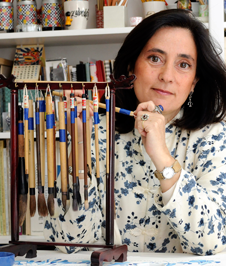 Since she was a teenager, Marina Soria has always been deeply seduced by letterforms. Written language is not only a complex system of communication, but the realm of style and form. Expressing perceptions or sensibilities through syntax, letterform and rhythm is the most complete of all messages. In the calligraphic arts, she found the way to convey her inner thoughts and reflections about life.
Since she was a teenager, Marina Soria has always been deeply seduced by letterforms. Written language is not only a complex system of communication, but the realm of style and form. Expressing perceptions or sensibilities through syntax, letterform and rhythm is the most complete of all messages. In the calligraphic arts, she found the way to convey her inner thoughts and reflections about life.
Marina Soria was born in Buenos Aires, Argentina. She has degrees in Fine Arts and Graphic Design. She began lecturing on Graphic Design and Editorial Design in the University of Buenos Aires (UBA), first on a part-time basis and then as an Associate Professor in Typography. In 2008/2009 she taught workshops for postgraduate students at UBA on experimental calligraphy and now lectures on graphic design and typography.
Marina has attended five international calligraphy conferences in the USA and three in Europe, taking courses with Thomas Ingmire, Brody Neuenschwander, Ewan Clayton, and Monica Dengo, among others. In 2003 she was awarded with the ACA‘s scholarship. In 1997 she founded Calígrafos de la Cruz del Sur (Southern Cross Calligraphers), the first calligraphic guild in Argentina and in South America. She has received national and international awards and exhibited her pictorial and calligraphic works in Argentina, Uruguay, U.S., Spain, Japan, Germany, Russia, and Norway. Her works are part of the Contemporary Museum of Calligraphy in Russia, the Hans-Joachim Burgert Collection in Berlin, the Arezzo Public Library in Italy, the Latin American Collection for the Yale University, and the Savannah College of Arts in the U.S.
Marina has published articles in specialized magazines and her work may be seen in LAR Annuals, Bound & Lettered, Novum (Germany), Typo (Mexico), several magazines, and webpages in Argentina. In 2013, her work was extensively featured in LAR: 26:3. At present she works as an experimental calligrapher and a graphic artist, and continues to teach in her own studio and abroad. In April, 2014 she taught and exhibited in Florence, and in July she gave workshops in the U.S. in Portland, Salem, and Los Angeles. Her main interest is to mingle and blend diverse disciplines: art, textile art, graphic design, sumi-e, and calligraphy to challenge the limits of conceptual art and technique. See: www.marinasoria.com.ar and www.facebook.com/calligraphyinblossom
